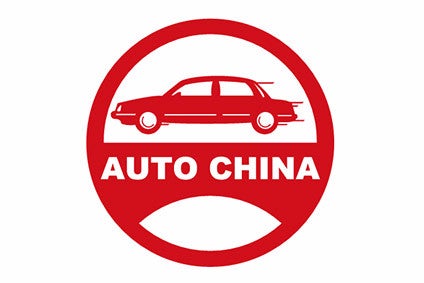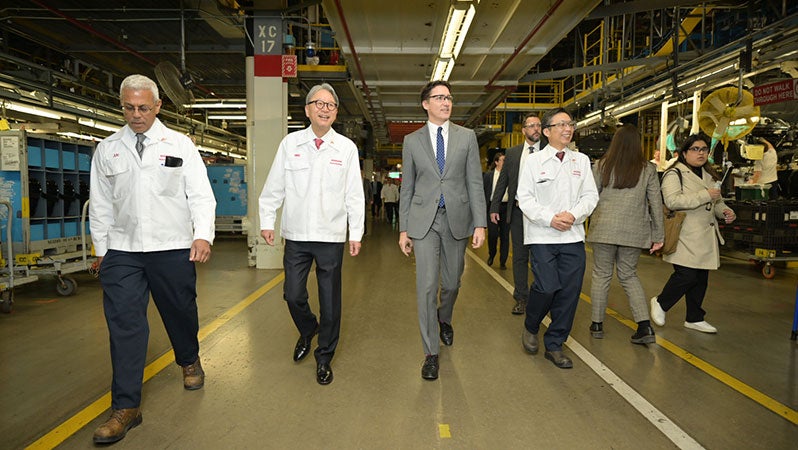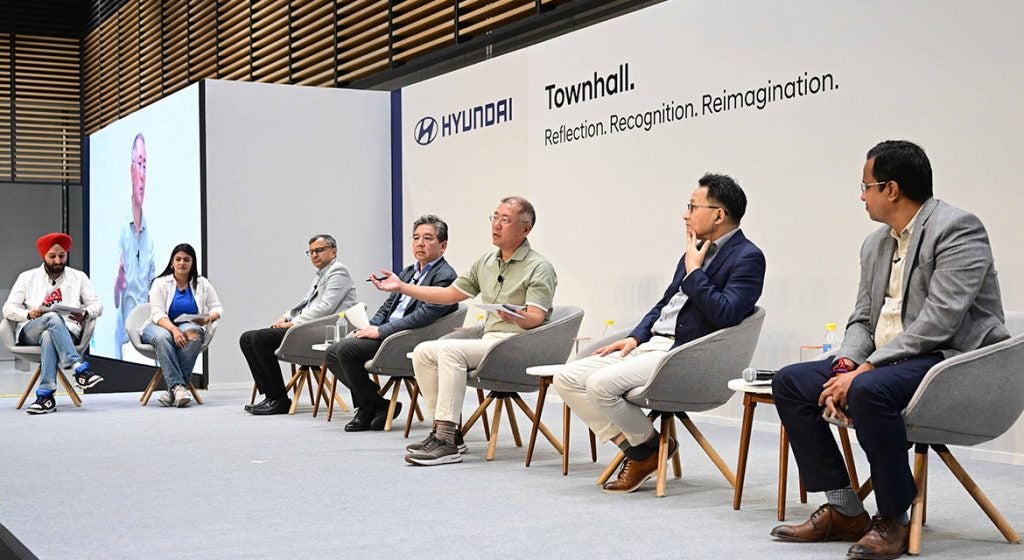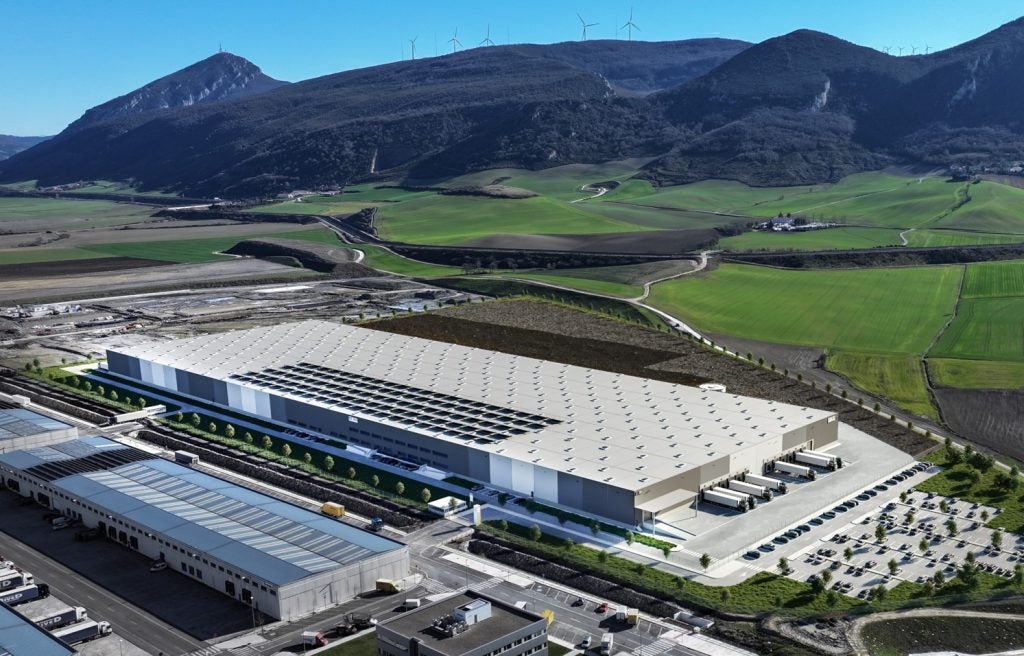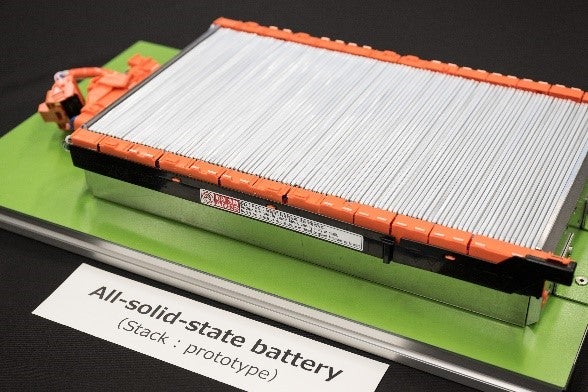
Are solid state batteries finally ready to live up to the hype? Harvard researchers have made a solid state battery that charges in 10 minutes and lasts for 30 years but the much hyped technology remains a long horizon solution for the energy switch. People are slowly but surely embracing electric vehicles (EVs), but the pace of that change still needs to accelerate for the world to hit its net zero emissions target in 2050. Despite the exponential improvements of EVs, many drivers are still reluctant to leave behind the convenience of their petrol powered cars. Along with cost, concerns over a lack of charging stations and battery life were cited as the main barriers for US consumers buying an EV in an Ipsos Mori survey last year. For car manufacturers, much of this comes down to the persistent restrictions on range and longevity of the incumbent lithium ion (Li-ion) batteries under EV bonnets. However, a team of scientists at Harvard University believe they have taken an important step toward solving these quandaries. Researchers at the School of Engineering and Applied Sciences (SEAS) have developed a new “solid state” battery that can charge in the time it takes to fill up a petrol tank, and endure 3–6 times more charge cycles than the typical EV battery.
Selling rate up
Key markets saw selling rates start to rise in February, according to GlobalData. The Global Light Vehicle (LV) selling rate rose to 85 million units/year in February, up from 82 million units/year in January, though still weak compared to the second half of last year. Over 6 million vehicles were sold last month, though the YoY result was down 2.8% YoY primarily because of a contraction in China. Many key markets saw moderate selling rate growth in February. In Europe, it was a mixed picture as Western Europe’s selling rate grew while Eastern Europe’s rate slowed. China’s selling rate improved moderately from January, though it remains somewhat weaker than at the end of 2023. In the US, prices continued to ease, and incentives ratcheted up, supporting market expansion.
BEVs going off?
Automotive executives are changing their tune on future growth targets following the recent sales slowdown. Recapping last year’s Battery Electric Vehicle (BEV) market performance, 2023 BEV Light Vehicle sales exceeded 1.2 million units – the first year to surpass the million-unit mark – and closed with a 7.7% market share. Tesla made up half the volume after setting an aggressive sales growth target supported by multiple price cuts throughout the year. Other automakers also reduced pricing in order to compete and took advantage of IRA federal tax incentives before new battery sourcing stipulations went into effect for 2024. The fourth quarter typically sets BEV sales records each year as dealers sell off prior year models at discounted rates and buyers can quickly benefit from tax credits early in the new year, but Q4 2023 remained flat compared with Q3, signalling a potential softening in the market. While it remains too early to say that the market is trending downward, the sales headwinds are gaining traction. After years of double-digit growth in the US BEV market, pessimism now looms over the industry with the recent sales slowdown, and automotive executives are changing their tune on future growth targets.
See Also:
India on the up
How well do you really know your competitors?
Access the most comprehensive Company Profiles on the market, powered by GlobalData. Save hours of research. Gain competitive edge.

Thank you!
Your download email will arrive shortly
Not ready to buy yet? Download a free sample
We are confident about the unique quality of our Company Profiles. However, we want you to make the most beneficial decision for your business, so we offer a free sample that you can download by submitting the below form
By GlobalDataThe Indian market made a solid start in the New Year, as Light Vehicle (LV) wholesales in January rose by 33% month on month (MoM) to 448k units. Not only that, but the January tally was also up by 12% year on year (YoY), even though year-ago sales were also strong. Passenger Vehicle (PV) wholesales were at 386k units (+36% MoM, +14% YoY), while sales of Light Commercial Vehicles (LCVs) with GVW up to 6T were at 62k units (+17% MoM, +1% YoY). The January selling rate thus reached a robust 5.1 million units/year, up 14% from a relatively weak December – when OEMs cut deliveries to dealerships to reduce stock at the end of 2023. In January, however, OEMs increased deliveries to respond to strong demand, in particular consistently robust appetite for SUVs (which have been the driving force of the market).
The interview
Tom Salisbury joined GKN Automotive a year ago in a newly created role as director of sustainability. With more than 15 years of experience in sustainability teams across different sectors, Just Auto sat down with him to hear how he has settled in so far and what GKN Automotive is doing to deepen its commitment to sustainability strategies.
FEM for EVs
Supplier Mobis has developed a new integrated front end module for battery electric vehicles (BEVs). The company said the FEM minimises air resistance, potentially extending range approximately 20km (12 miles) per charge while maintaining a classic front grille design which “overcomes the uniformity” of most current BEV designs, helping to increase “marketability” in a fiercely competitive segment. Mobis said the front end was suitable for SUVs and CUVs and could accommodate autonomous systems. Its LiDAR system protrudes outward only during driving, for design and sensor protection, while the battery charger socket also retracts automatically once charging is complete.
Chery in Italy?
Italy’s government reportedly is talking with Chery Auto to attract another major automaker to the country (in addition to Stellantis) and increase national car production, two sources told Reuters. The news agency said government wants to raise car output to 1.3m vehicles a year from under 800,000 in 2023 and was already in discussion with Stellantis to increase that group’s output to 1m units annually by the end of this decade, a tally last achieved in 2017. Reuters noted industry minister Adolfo Urso had said Italy wanted a second automaker to add 300,000 vehicles to national output. If talks succeed, Chery would be among the first Chinese automakers with a European factory.
Nissan Honda EV tie
Nissan and Honda are considering battery electric vehicle (BEV) cooperation, seeing opportunity to maximise economy of scale and increase competitiveness in zero emissions vehicles. The news came as the two companies were reportedly considering making substantial capacity reduction in China as they struggle to compete. According to local reports, citing an unnamed source ‘close to the companies’, Nissan and Honda have begun early stage discussions about jointly procuring and sharing major BEV components in Japan to help them reduce cost, although the outcome remained highly uncertain. (An official announcement of a MoU has since been made.)
Nio CATL batteries
Nio and CATL will jointly develop long life batteries to lower overall EV costs. Typically, new energy vehicle batteries are guaranteed for eight years. From 2025 to 2032, warranties covering 20m NEVs will expire. Nio said: “Therefore, it has become a pressing task to address the life span issues of batteries.” It has extended the lifespan of swappable batteries through research, retaining 80% of capacity after 12 years.
Is Fisker toast?
EV startup Fisker is preparing for a possible bankruptcy filing. The Wall Street Journal reported the automaker has hired restructuring advisers to help with the potential filing. It came after Fisker warned it was at risk of running out of money this year, following the posting of its preliminary Q4 and full year 2023 results. It booked US$273m in sales last year but was over $1bn in debt. Bankruptcy wouldn’t necessarily mean the brand or its products disappear, though. (See ‘old’ GM et al).
Toyota pay hike
Toyota has agreed to give its factory workers their biggest pay increase in 25 years, Reuters reported. Toyota, Nippon Steel and Panasonic have all met union demands for pay rises at annual wage negotiations. The agreement would have implications for the Bank of Japan (BOJ) which would have to decide whether to raise interest rates later this month, the first time since 2007.
Have a nice weekend.
Graeme Roberts, Deputy Editor, Just Auto



